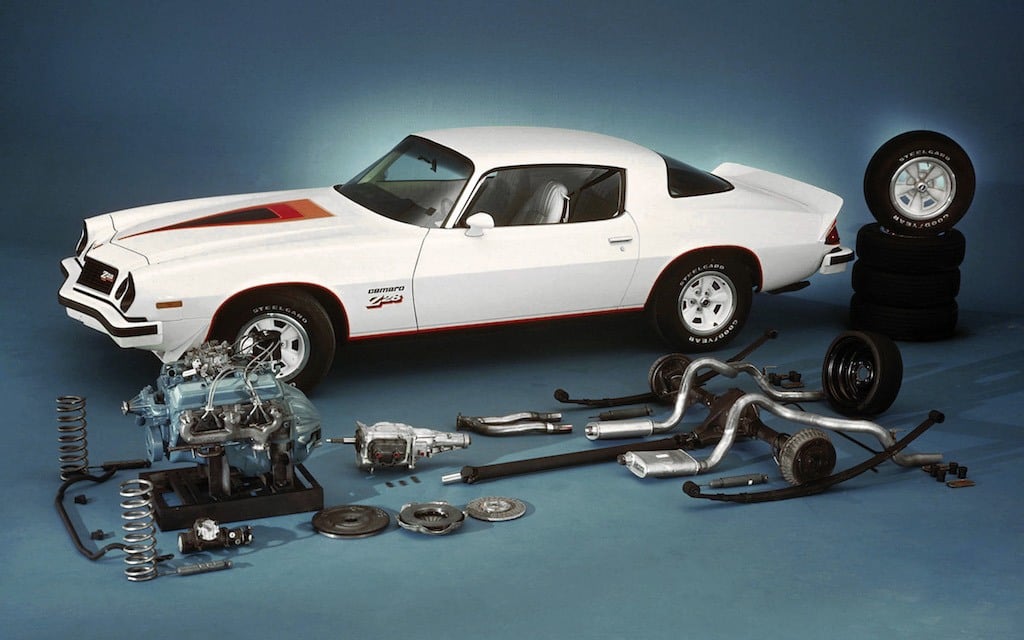
In 2016, the firm IHS Markit released a report on the lives of American-owned vehicles, and the results were surprising. Of the 264 million light vehicles registered in the U.S., the average age of of each one worked out to be 11.6 years old, with owners keeping their cars an average six and a half years. By 2021, the firm predicts that a full 20 million cars on the road will be over 25 years old. If its projections are accurate, then there will likely be more old cars on the road than ever before.
With so many antique cars on the road — the official designation for cars 25 years or older in most states — preventative maintenance is as important as ever. For people who don’t have the luxury of a bumper-to-bumper warranty, it’s important to keep on top of the basics so that they don’t add up to something bigger and costlier.
The truth of the matter is, there’s really no such thing as a car that runs forever without a little help. So for even the most reliable old cars on the road today, we came up with 10 things you can do to keep your car running like a top for as long as possible.
1. It’s all about good timing
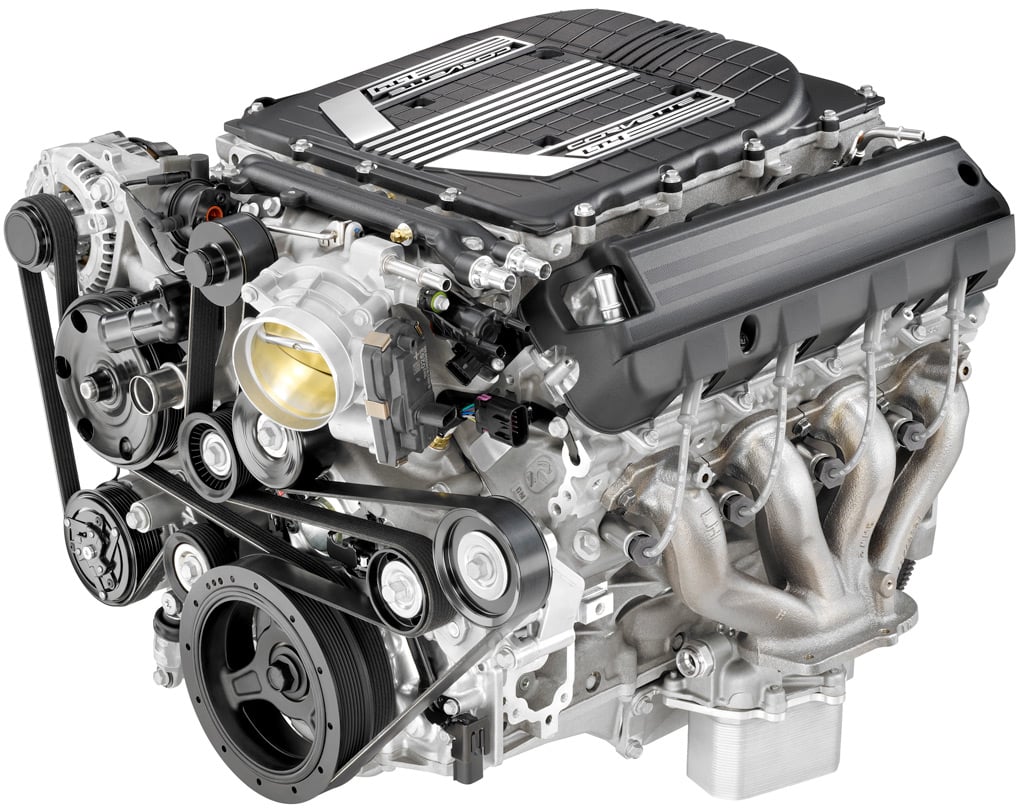
Most modern cars have a timing belt or chain, which makes all the moving parts of your engine run smoothly. But when these go wrong, it can kill your engine in a matter of seconds. While chains are more robust and need to be changed far less frequently, belts need to be replaced every 60,000 to 100,000 miles, depending on your car. If you’re going to a mechanic, this isn’t going to be a cheap job, but once you get it over with, you won’t have to worry about another one for years.
2. Play it cool
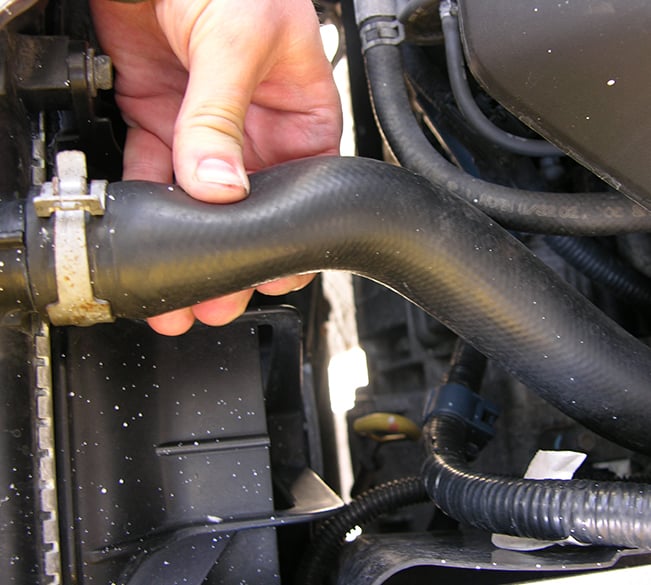
Your engine is making thousands of explosions a day to keep you moving down the road. Understandably, things get pretty hot in there, which is why your car has a cooling system. And while it doesn’t need to be swapped out as often, antifreeze is just as important as oil. Make sure you’re topped off with coolant, and if there are any leaks coming from your radiator or hoses, get them taken care of immediately. A car with no coolant is not long for this world.
3. Find bulletproof suspension upgrades
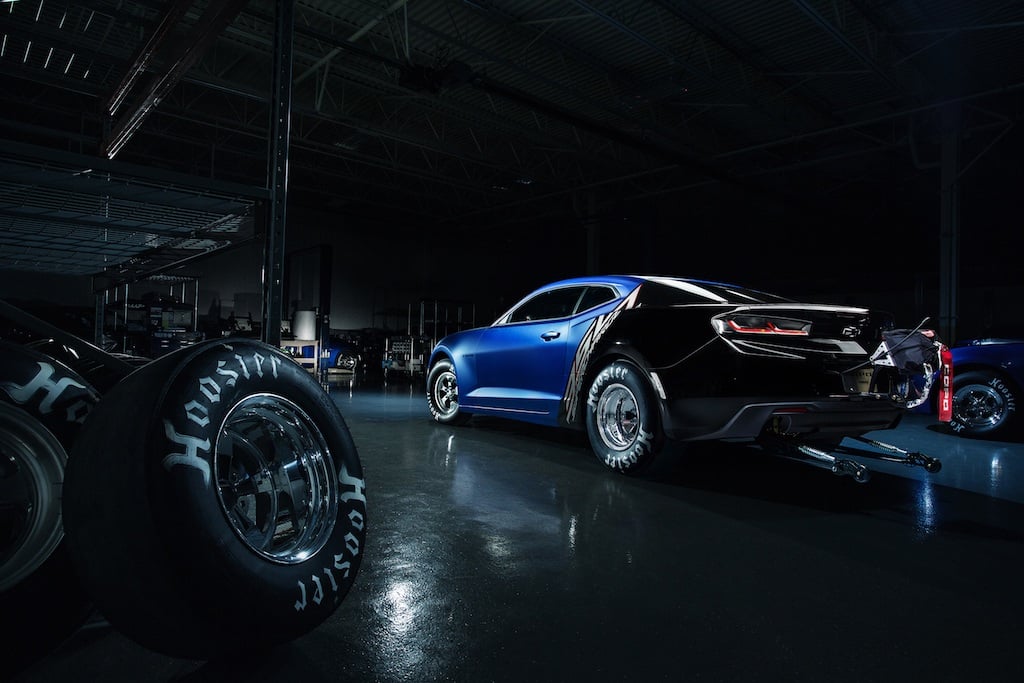
This isn’t universal, but it’s a common enough issue that it’s worth mentioning here. Say you’ve got an older sporty car and are ready to make the jump and modify it to get that nice, low, mean look. There are plenty of easy ways to do this — cheap aftermarket kits on eBay, actually cutting your car’s springs down and reinstalling them, among others — but there are really only a few ways to do it right, and they’re rarely the cheapest options. Your car was designed to drive and handle the way it does by a team of engineers working for years on a multibillion-dollar program, so don’t be surprised if your car drives a lot differently after questionable suspension mods. Stick with performance parts from the manufacturer or upgrades from trusted aftermarket companies that have a relationship with the automaker. After all, if you’re into modifications, you want your car to look as good as it drives.
4. Blood transfusions save lives
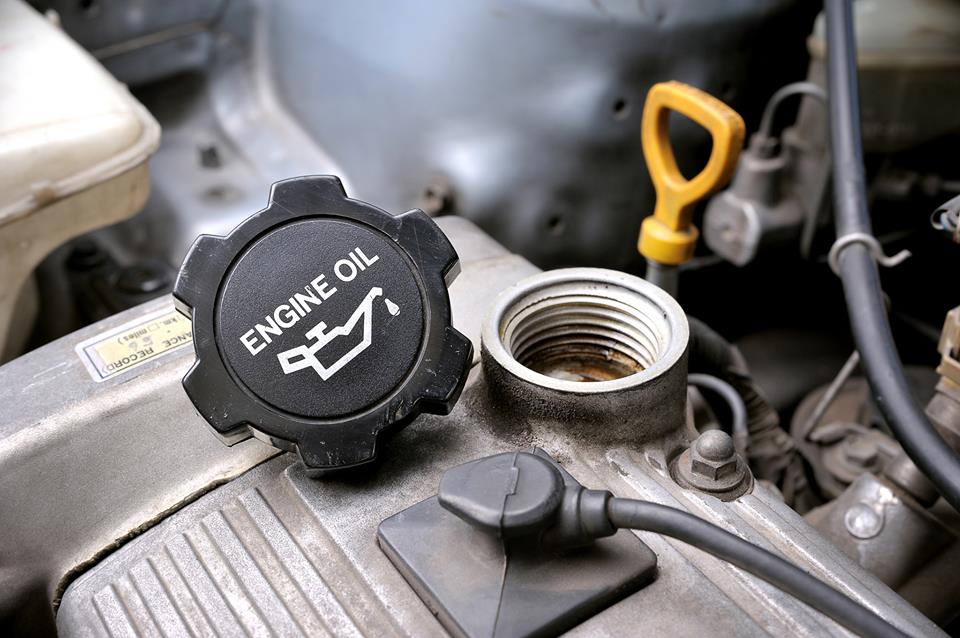
If you can’t remember the last time you changed your oil, go do it now. The key to a healthy car is keeping up with regularly scheduled maintenance, and the easiest and most important of these routines is a regular oil change. Consult your owner’s manual for the recommended type, then take it to a trusted mechanic (quick lube places do the job, but a lot can go wrong too) for some of the fresh stuff. Or if you aren’t afraid to get your hands dirty, oil changes are a great way to enter the world of DIY auto repairs.
5. Less is more when it comes to longevity
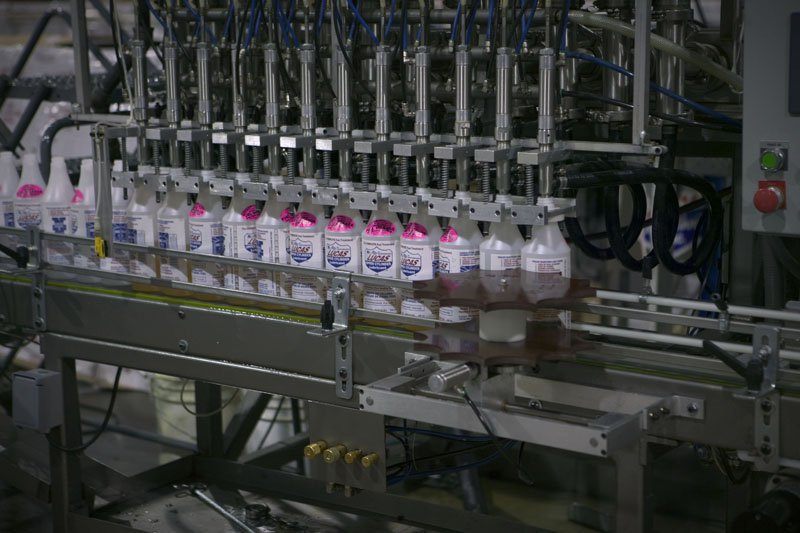
There are a whole lot of products out there that promise to make your engine faster, stronger, and more powerful as it gets older. Sound too good to be true? That’s because, by and large, they are. Stick to the stuff that works, like high quality oils and fluids, genuine parts, and common-sense preventative maintenance, and avoid the snake oil altogether.
6. Bi-annual inspections are your friend
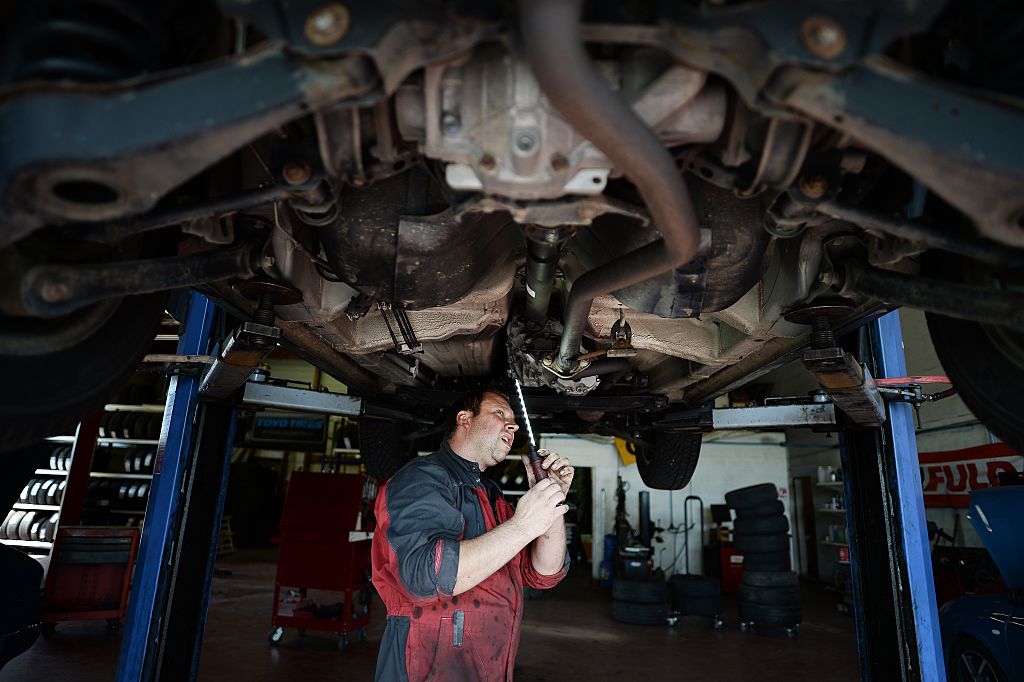
Some states don’t require annual safety inspections. And while the potential for getting slapped with a bill for repairs once a year is tough for anyone to deal with, we think it’s essential to get your older car looked at by a fresh set of eyes — read: a better mechanic than you — at least once a year. The last thing you want is an unexpected problem to pop up at the worst possible time, so do yourself, and other drivers on the road a favor and make sure your ride is safe.
7. Get ready, it’s going to burn oil
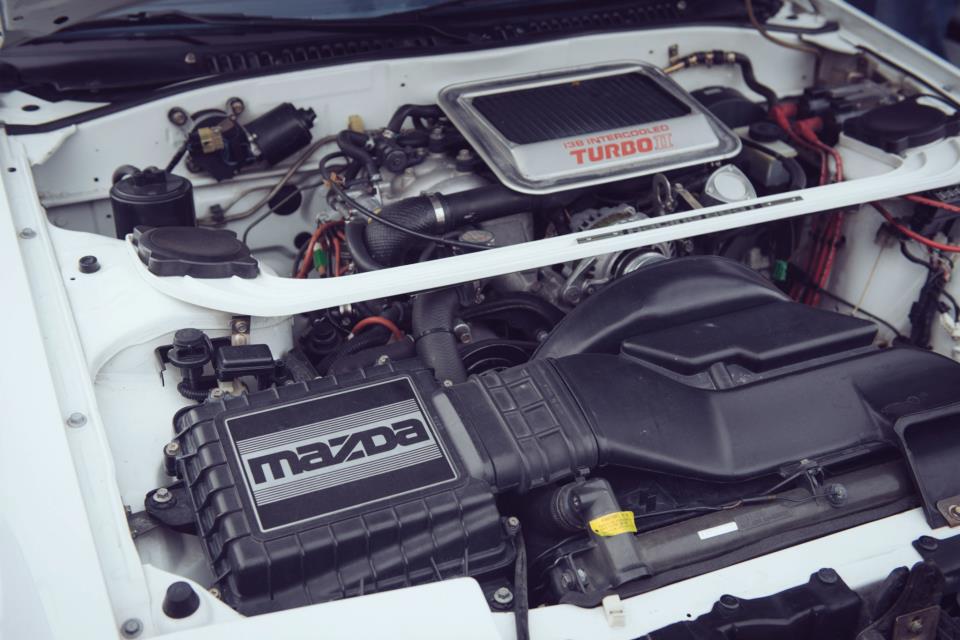
Old engines burn oil — they just do. What’s important is to keep an eye on it, watch for any leaks (lower-engine leaks could mean old gaskets, upper-engine could mean head gasket troubles), and make sure to keep it topped off with high quality oil. This is one of those things that may seem like a big deal, but can be managed safely and responsibly.
8. Invest in the best wheels, tires, and brakes
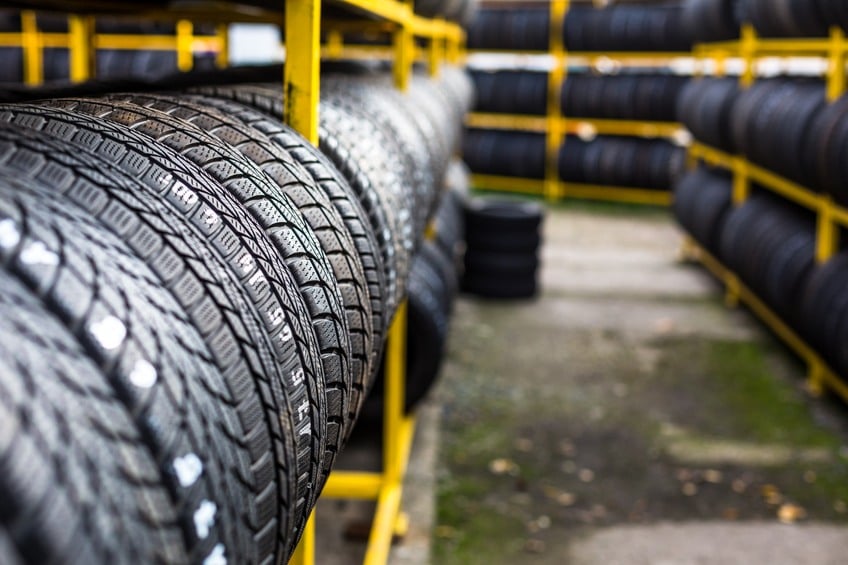
We’ve all been there before: You ran over something on the highway and you shredded a tire. Now you need new ones, and you really don’t feel like spending hundreds of dollars on the best. But going cheap on things like that could cost you more further down the line. Tires are one of the most important parts of a car. They’re the only things connecting you to the road, and are supposed to be able to keep you safe even in the worst driving conditions. Cheap tires can wear faster, or unevenly, throwing your car’s suspension out of whack and causing wear-and-tear on vital components. This rule also applies to replaceable things like wheels and brakes. If you love your car, pay a little more and get the best. It could even save you money over the long haul.
9. Drive it like you own it

Say you have an older, high-mileage car. Chances are it’s going to have its quirks, but believe it or not, the difference between an aging runner and a basket case usually comes down to how often it’s driven. A warm car is a happy car, and while essential fluids like oil, antifreeze, and brake fluid keep vital metal parts lubricated, they also keep things like hoses and gaskets from drying out. Park an old car for a while, and chances are you’ll start seeing leaks. When you can’t even tell what’s leaking from where anymore, it may already be too late. So do your car a favor, and drive it regularly.
10. When all else fails, conduct a heart transplant
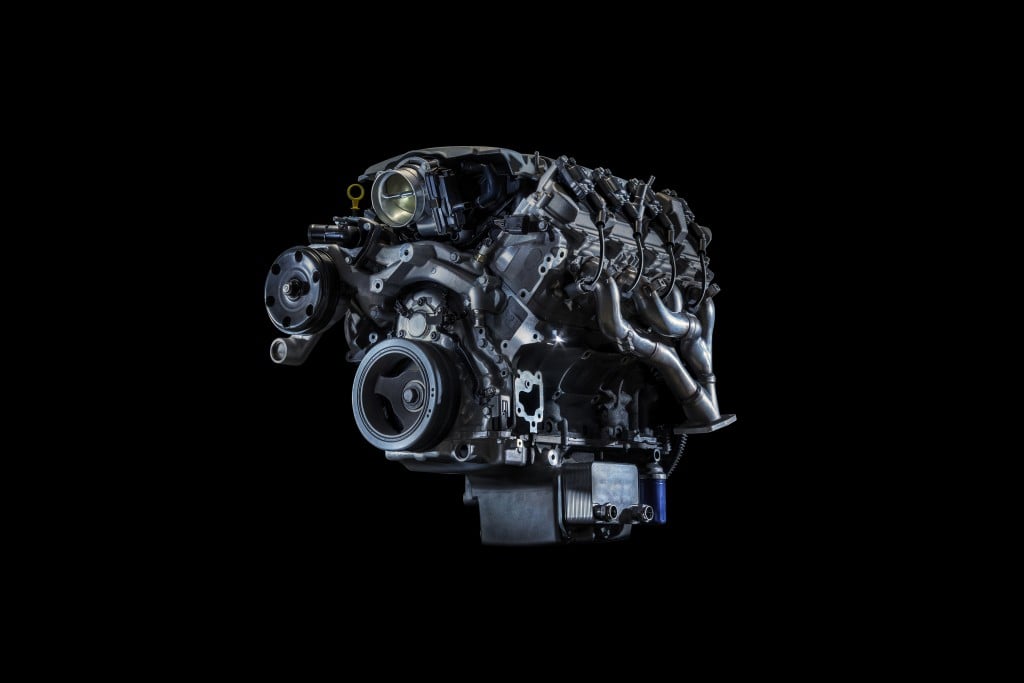
Here’s some interesting food for thought: Extensive repairs on an aging engine or transmission can potentially cost you thousands in parts and labor at your local garage and take your car off the road for days, if not weeks, especially if your repair shop is booked solid. So as scary as it may sound, sometimes an entire engine or transmission replacement is the way to go. Ask your garage for help in sourcing a healthy powerplant, and they could have your car running with a brand new heart in a matter of days. If you love your old car and can’t bear to let it go, this may be the easiest way to give it a new lease on life.
credits to: http://www.cheatsheet.com/automobiles/car-maintenance-to-extend-its-life.html/?a=viewall